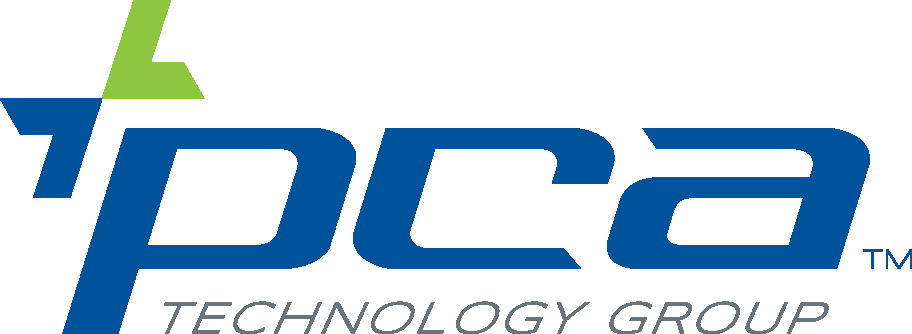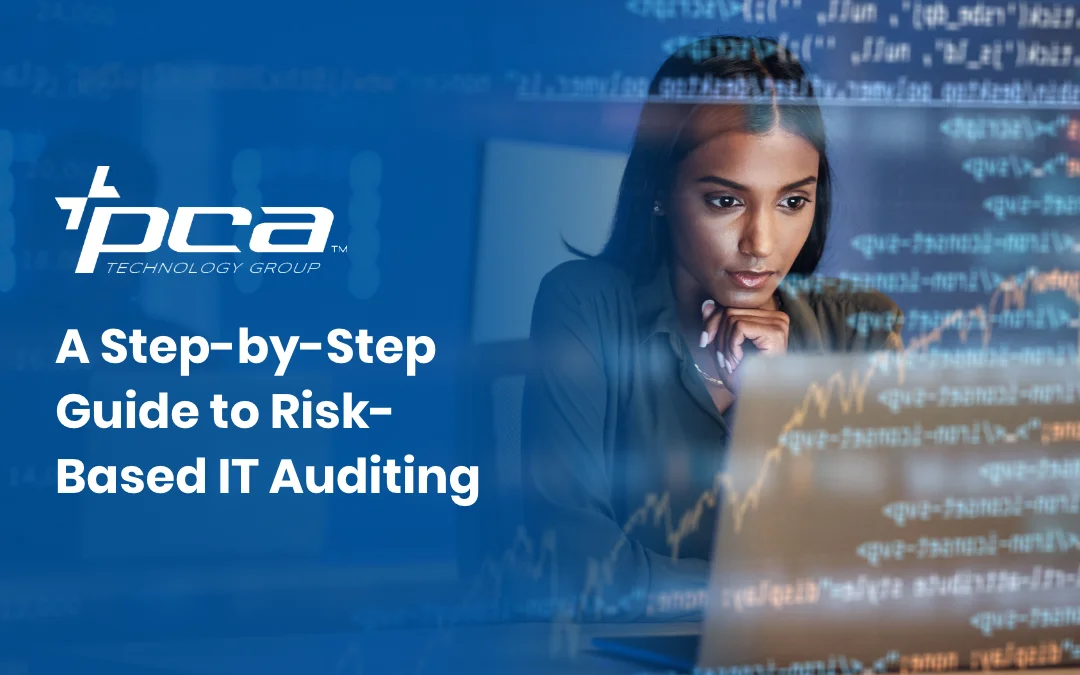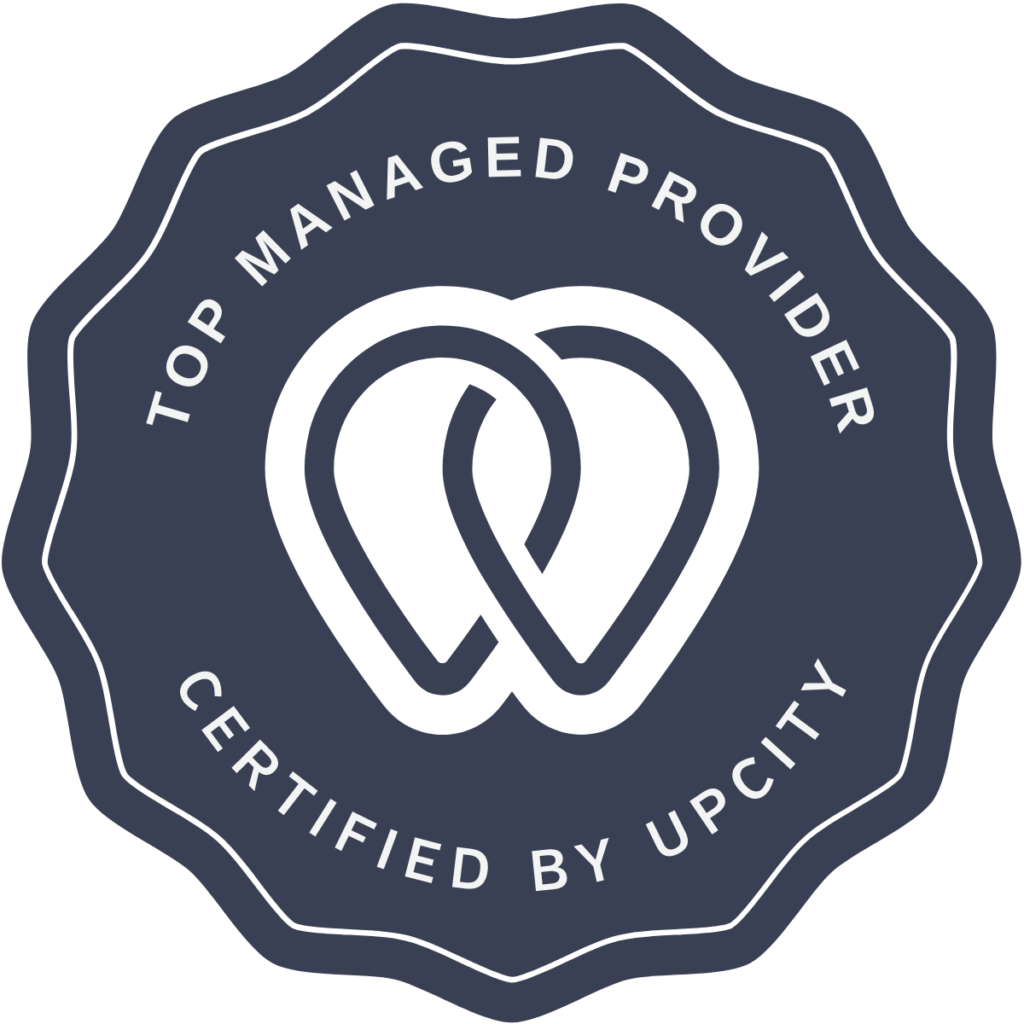IT audits play a vital role in maintaining a robust cybersecurity posture by finding the inefficiencies, shortcomings, and vulnerabilities within a company’s IT systems, infrastructure, and protocols. They are especially useful to small- and medium-sized businesses that have limited resources, as investing in an IT audit costs considerably less than bouncing back from an IT crisis.
There are various kinds of IT audits, each specializing in a particular aspect of business technology. This article will look at risk-based IT auditing (RBA).
What is risk-based IT auditing?
RBA is a form of IT auditing geared toward fulfilling two functions. Firstly, by examining in detail an organization’s IT infrastructure, the RBA ensures a comprehensive understanding of the organization’s goals and how well it meets those goals. Secondly, through an in-depth risk assessment, the RBA reveals the amount of risk an organization can tolerate before taking action to correct or prevent said risk.
The benefits of RBA
There are many benefits to conducting RBA, including:
- Early vulnerabilities identification: An RBA can help you proactively identify high-risk assets or applications within your organization. This allows you to address these vulnerabilities before a crisis occurs.
- Alignment of risk reduction and business goals: The findings of an RBA can provide you with a better understanding of how IT risk reduction can help your business grow. In addition, a comprehensive RBA can provide insight into future risks and challenges you may not have been aware of.
- Prioritization: An RBA uncovers which aspects of your IT pose the highest risks, enabling you to better prioritize efforts and resources to mitigate risks. Those same findings can also be used to better inform and convince senior management to make timely decisions and allocate necessary resources.
- Improved resilience and flexibility: RBAs meticulously examine IT risks, allowing for more comprehensive planning that helps an organization prepare for unforeseen circumstances
- Efficiency: An RBA is a highly streamlined process. By focusing on the most severe risks, it makes efficient use of resources, such as the auditors’ time.
How to conduct an RBA:
To carry out an RBA, follow these steps:
1. Define objectives
Start by determining the scope and objectives of your RBA. You will need to ask yourself several questions, including:
- How long and when should the audit take place?
- What systems or components of your IT will you audit?
- Which framework will you use to organize the evaluation process of your RBA? You should choose from COBIT, ITIL, or ISO/IEC 27001, as these frameworks are the most reliable RBA frameworks.
- Are there any financial partners and regulatory agencies whose expectations and standards you need to meet?
2. Assess risks
Assess and quantify the IT risk levels for each area being audited. Do this by creating an overall risk score for each technology and system you assess. You will also need to organize the risks into the following categories:
- Inherent risks – Risks that are built into systems and affect capabilities to carry out functions
- Control risks – Risks that arise out of the possibility that the control measures you use to mitigate risk could fail
- Detection risks – Risks that originate from failures to detect the absence of control measures or their failure to function
3. Plan the RBA
This is the stage where you design and prepare the audit procedures and methods, as well as allocate resources and time for the IT audit. At this point, you should also communicate the scope, objectives, and plan of your RBA to any stakeholders to keep them informed and to obtain their cooperation, if necessary.
4. Execute the RBA
Once you’ve fully planned and prepared your RBA, you can begin auditing the IT procedures and systems identified in your risk assessment. Use the framework you selected to document your findings, including any nonconformities, strengths, and weaknesses.
5. Report findings
Organize and summarize the audit information into an official report, creating individual reports for each audited department. Ensure the reports highlight strengths, weaknesses, and identified vulnerabilities. Additionally, include recommendations for next steps to address identified risks.
6. Follow up
The RBA is not finished when you submit your findings; you must continuously monitor and track the implementation of recommendations. Measure and evaluate the effects of improvement plans while communicating the status and results of follow-up activities. As you obtain new data, update and revise the risk assessments and audit plans based on outcomes.
By following these steps, your organization can effectively conduct risk-based IT audits, further ensuring the security and efficiency of your IT infrastructure.
Learn more about the different IT audits and how they can benefit your business by contacting PCA Technology Group today.


